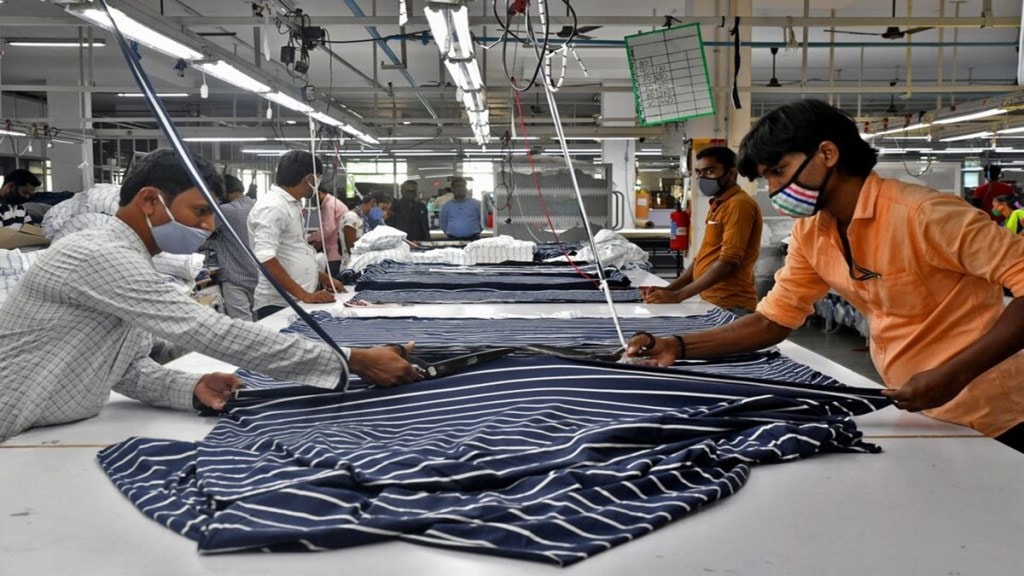India’s textile and garment exporters are weighing various options including shifting the final stage of manufacturing to geographies as diverse as Bangladesh, Sri Lanka, Ethiopia, Egypt, Indonesia and Jordan to keep their US business intact after the imposition of additional 50% tariffs effective Wednesday.
The industry has already pushed out winter orders for the US and is now in the process of working on spring orders for which agreements with the US brands have already been signed. Following the tariffs some of the buyers are asking for additional discounts ranging from 5% to 20%, chairman of CTA Apparels Mukesh Kansal said.
Buyers seek discounts, exporters juggle supply chains
This is the period when the negotiations happen for next year summer orders and talks have started. “Buyers have also shown an understanding of the situation. The entire value chains from yarn, fabrics and even suppliers of trims and retailers will have to absorb the impact of tariff increase,” team leader at Triburg Consulting Sanjay Shukla said. Triburg offers services for the apparel, accessories, and home products industries with vendors located in India, Bangladesh, and Indonesia.
The apparel exported from India is sold at 3-6 times the cost in the US stores and even a 10% increase in retail price is enough to absorb the tariff impact, Kansal said.
Products like dress shirts can be moved to Ethiopia, denim, knitwear and wovens can be processed from Jordan, Shukla said.
While with Bangladesh logistics issues exist after the port and transit restrictions were placed by both countries some of the fabric that the exporters source from China and other countries can be landed directly in Bangladesh and exported from there. Some of the processing can be done by units set up by Indian companies in these geographies while for some the facilities of partners can be used, Shukla said.
A lot of juggling is going on and brands are hoping that things will settle down, he added. While Indian companies that can negotiate complex sourcing may retain the US market, it is the smaller players and suppliers that will be at the receiving end. There is fear of job losses if the stand-off on tariffs is not resolved with the US.
Margin pressure and worker concerns
The countries that can be the conduits for India’s exports have much less tariffs than India. Bangladesh faces a 20% tariff, Indonesia 19%, and Sri Lanka 30%. The countries in other geographies have only a 10% baseline tariff to pay.
Apart from managing complex supply chains, the exporters will also have to work with much lower margins. If they do not accept orders then they will also have to pay their staff and suffer losses or they accept orders and continue to work with the hope that things will be sorted out in next 2-3 months, secretary general of Apparel Export Promotion Council Mithileshwar Thakur said.
About the threat of job losses going forward, Kansal said in fact there is a shortage of workers in many export clusters and orders from other markets like Europe remain intact.
The industry can also take comfort from the fact that between 20-40% of apparel exports to the US are unique to India and cannot be replicated by other suppliers. These include garments with complex styling and embellishments which also fetch good value per unit, Kansal said.

